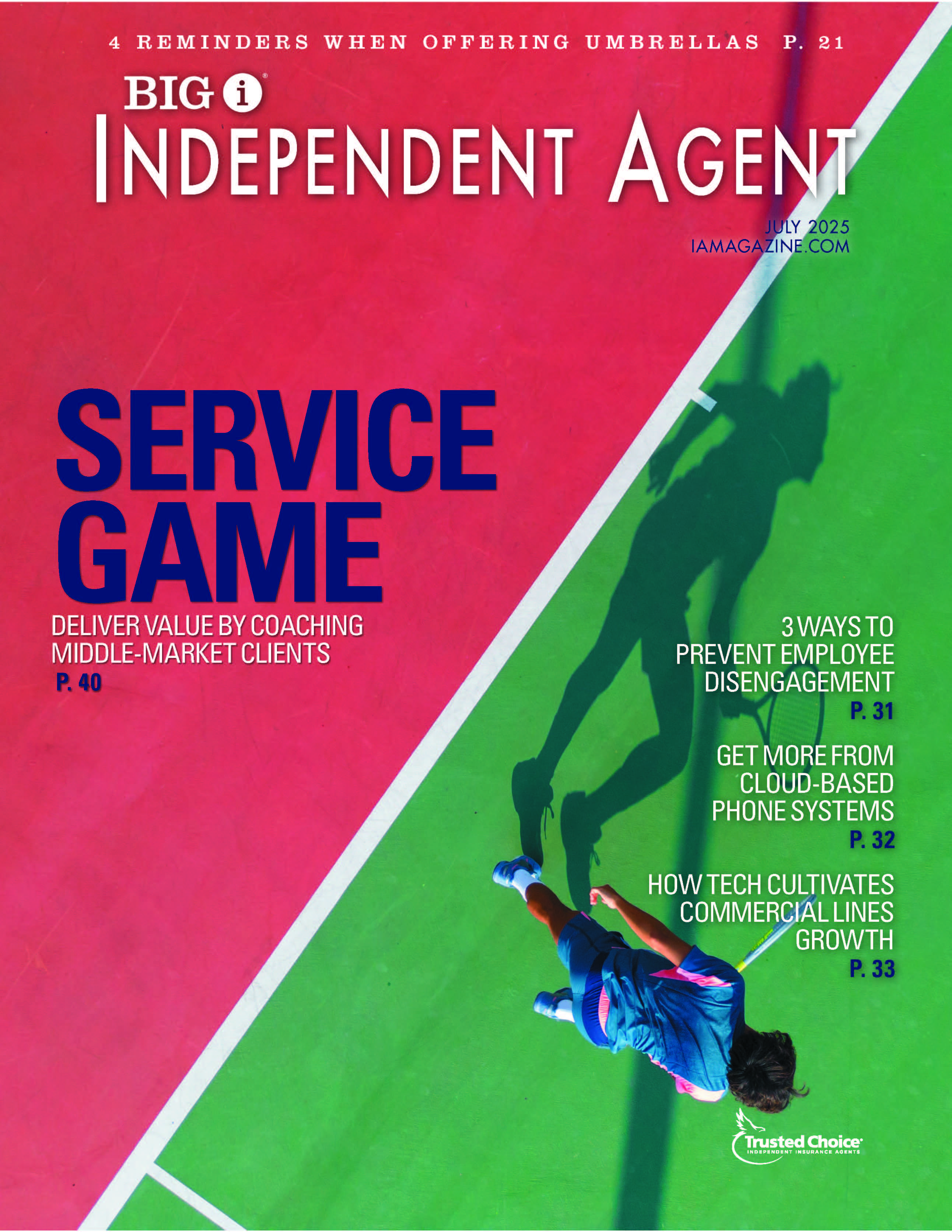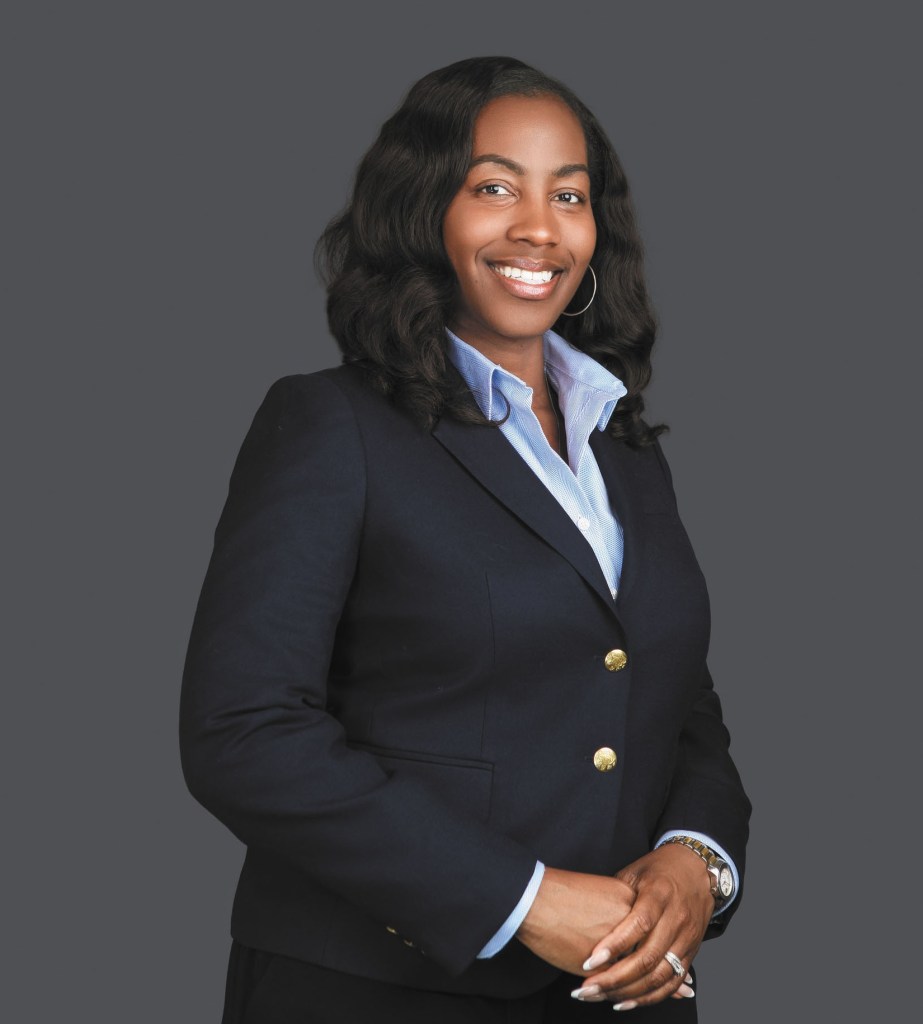A Changing Footprint
By: Russ Banham
If your agency is less than two years old, in the South, has less than $500,000 in revenue and has minority leadership, you’re part of a growing trend in the independent agency system.
The 2010 Future One Agency Universe Study offers a comprehensive look at where the industry demographics stand and where they are headed. And for the second study cycle in a row, the answer is that independent agencies are holding steady despite a difficult economic climate.
Among the key findings is that the number of independent agencies—37,500—is unchanged since 2008 and, for that matter, the same level as the past four years (albeit it remains well short of the 44,000 independent agencies reported in 1996). What has changed signifi cantly is the number of new agencies in this group. A jaw-dropping 4,000 independent agencies were founded in the past two years, accounting for 11% of all independent agencies. This is a testament to both the vital importance of independent agency distribution and the business opportunities and entrepreneurship offered by a
career as an agent. Moreover, a rise in the number of agency principals who are women, African-American or Latino/Hispanic is apparent, and particularly at many newer agencies founded since 2005.
Rounding out the key fi ndings, there are more “small” and “medium small” agencies than previously thought, thanks to improved survey methodologies and improved response to technology.
For insurance carriers, the survey fi ndings are a veritable treasure trove of information that cannot be obtained elsewhere. “We don’t have a research department here, so the data provided by the Agency Universe Study provides us valuable market information we otherwise would have to pay a vendor for,” says Steven Mansfi eld, marketing and agency development director at Central Mutual Insurance Company, based in Van Wert, Ohio. “The study allows us to better understand the market to provide our agents with superior products, and technology to meet our customers’ needs.”
Other carriers also tout the study’s value. “We are very committed to the independent agency system and use this information to keep abreast of our agents’ concerns and challenges,” says Patrice Nolan, market research analyst at insurers CNA in Chicago. Both Nolan and Mansfi eld are members of the Future One Study Research Task Force.
Pretty Big Universe
Madelyn Flannagan, vice president of agency development, education and research at the Big “I”, and Maynard Robison, director of insurance research at TRC, the Philadelphia-based market research firm that manages the Future One survey, both say they were surprised by the fi ndings regarding the 4,000 new agencies formed since 2008. “While some agencies have [folded] because of the poor business climate and the uptick in mergers and acquisitions, the number of new business startups has filled this void,” says Flannagan. “Many of the new agencies are in southern states prone to natural disasters like hurricanes, where markets of last resort are no longer in business. The new agencies are picking up the slack.”
Robison agrees: “Clearly one of the reasons for the high number of new agencies is that these firms are jumping into markets that were abandoned by the captive agency companies. In some cases, the new agency principals are people who were captive agents previously. We’re seeing the startups concentrated in places like North Carolina, South Carolina, Florida, Georgia, Oklahoma, Texas and Louisiana. In previous surveys we cited new agencies that were being formed in the western and mountain states. We don’t see that this time because the economies there are poor.” Altogether, 50% of the new agencies formed in the last two years are located in the South, with only 8% of new agencies located in the Northeast.
Nolan also was intrigued by the high number of new agencies, not to mention the stability in the number of independent agencies overall. “The study revealed that these newer agencies are well-run and embracing technology,” she explains. “They have the ability to compete with larger, more established agencies. This is a very positive trend for the industry. From our perspective, we’re thrilled to partner with such strong professionals. It’s a testament to the dynamic nature of the independent agency system.”
Minority Majority
The 2010 study also pinpointed a significant rise in the number of principals from minority ranks, especially at newer agencies. The number of African-American principals, for instance, increased from 1% of agencies in 2008 to 4% in 2010. “We saw a similar increase in Latino/Hispanic-owned agencies, while women still continue to hold their own as principals, with one-third of agency principals, owners or senior managers female,” Flannagan says. “We still have a ways to go to increase the ranks of minority principals and to attract more minority people to the industry, but the incremental growth in this direction is encouraging.” She attributes some of the expansion to the success of the Big “I” Diversity Task Force and other association initiatives.
Robison agrees. “Finding an African-American agency principal used to be nearimpossible, but now the overall percentage is four times what it was two years ago,” he says. “That’s still nowhere near enough, but it is a significant change that indicates the independent agency system is better positioned to deal with the whole American population. I’m also gratified by the greater number of women agency principals—they’ve always had major roles in the industry but are expanding out.
Many new agencies, for instance, are being formed by women.”
The new agencies, by and large, are a professional lot, he adds. “We asked the survey participants if they had a ‘formal business plan’ and it turned out that most of the newer agencies were far more likely to have one than older agencies,” Robison says. “That tells me that many of the principals at the new agencies are not new to the industry. It also tells me that these firms are well-poised for growth.”
Drawing to Scale
The strength of this newer independent agency system that is revealing itself is particularly evident in the wide range in agency size and revenue. Of the total number of agencies, half (17,750) fall within the categories of “small” (less than $150,000 in revenue) or “medium small” ($150,000 to $499,000 in revenue). Since smaller agencies tend to focus on personal lines as opposed to commercial lines, they were the major beneficiaries of revenue increases in the past two years. Most larger agencies reported lower revenue—not surprising given the effects of lingering economic malaise and the soft insurance market on commercial lines revenue. On average, though, independent agencies increased their market share of commercial lines premium, despite the difficult economy.
Rounding out the universe, 5,438 agencies fall into the “medium” category ($500,000 to $1.249 million in revenue), 2,063 are “medium large” ($1.25 million to $2.49 million), 1,913 are “large” ($2.5 million to $9.9 million) and 338 are “jumbo” (more than $10 million).These latter figures were a surprise to Flannagan: “Only 1% of all independent agencies are in the
jumbo category. Given all the mergers and acquisitions in the industry, I had thought there would be more agencies of this size. The truth, it turns out, is that America is made up of a lot of small town, ‘mom and pop’ agencies that are actually doing a fair amount of business.”
Another factor affecting the smaller than expected number of larger agencies is that previous surveys had overrepresented the figure. “For the first time, we’ve derived the distribution of agencies by size from sources outside the survey itself,” Robison explains. Sources include Dun & Bradstreet’s database, Census of Business, the top 100 brokers as compiled by Business Insurance magazine, telephone interviews and website reviews. “We’re closer to the mark this time,” Robison says.
High Touch through High Tech Rising The study further validates the increasing technological sophistication of independent agencies. More agencies are marketing their businesses via the Internet, protecting the security of confidential information, interfacing with carriers online and through carrier websites and realizing enough efficiencies to justify additional investments in technology. “Agents used to complain about the high expense and cumbersome nature of technology,” says Flannagan. “Most don’t feel that way anymore.”
Still, there is progress to be made, with 18% of agencies ranking Internet marketing as a major technology challenge and 39% ranking it as one of their top three technology challenges.
“This tells me that there are opportunities for us as a carrier to help agents create multimedia marketing campaigns,” says Lisa Kozlowski, another Future One Study research task force member, and customer and market insight leader at insurer Westfield Insurance, headquartered in Westfield Center, Ohio. “Apparently, there are still a lot of agents stuck with the idea that the Yellow Pages and billboards are the way to market their business. No one in my generation uses the Yellow Pages—we look up stuff on the Internet. Yet, only half of the agents in the survey believe that a Web presence is important, and even fewer believe a website is an important tool for attracting prospects. We’ve still got a ways to go.”
Banham (Russ@RussBanham.com) is an IA senior contributing writer.
Customer Un-Satisfaction
According to the 2010 Agency Universe study, agency-carrier relationships are somewhat troubled. The overall satisfaction with agencies’ No. 1 personal lines, small commercial lines and medium commercial lines carriers is down,
the last significantly—although satisfaction levels with the No. 1 carrier writing large and very large commercial lines is up slightly. Madelyn Flannagan, Big “I” vice president of agency development, education and research, says on the personal lines side,“agents want to compete more effectively against the captive writers, and they don’t think their carriers are helping them to do that. Hopefully, the carriers will take this to heart and do better in the next two years to assist their distribution forces to sell their products.”
A mixed bag greets carriers’ customer service centers—satisfaction levels are up a bit on the personal lines side and down a bit on the commercial lines side. Overall, though, most agencies dislike using the service centers. While only a fifth (19%) of independent agencies even use carrier customer service centers, these agencies, on average, are dissatisfied with the experience. “While carriers seem so interested in service centers, agents are not, and this has been revealed over and over again,” Flannagan says. “The fact is that agents want to be able to have every opportunity to talk with their clients. If carriers are looking for ways to improve their relations with agents, this would be a good place to start.”
Mansfield from Central Mutual, which does not impose a customer service center on independent agents, says the study supports the company’s stance. “It validates what we have heard from agents time and again—that they prefer to personally
service our customers rather than place them in a service center,” he adds. “They also don’t want to reduce income to the agency by shedding services.”
—R.B.
The Once and Future Survey
Who makes the picture of the agency universe possible? Future One, a cooperative effort of the Big “I” and independent agency carriers, has been conducting the Agency Universe Study since 1983. Originally, the study was undertaken every four years, but in 2002 the pace was quickened to a biennial survey because of fast-track changes in the insurance business. TRC, a Philadelphia-based market research firm, has managed the survey, including processing the data and writing the final report, since 2000. Madelyn Flannagan, Big “I” vice president of agency development, education and research, oversees the survey.
—R.B.









